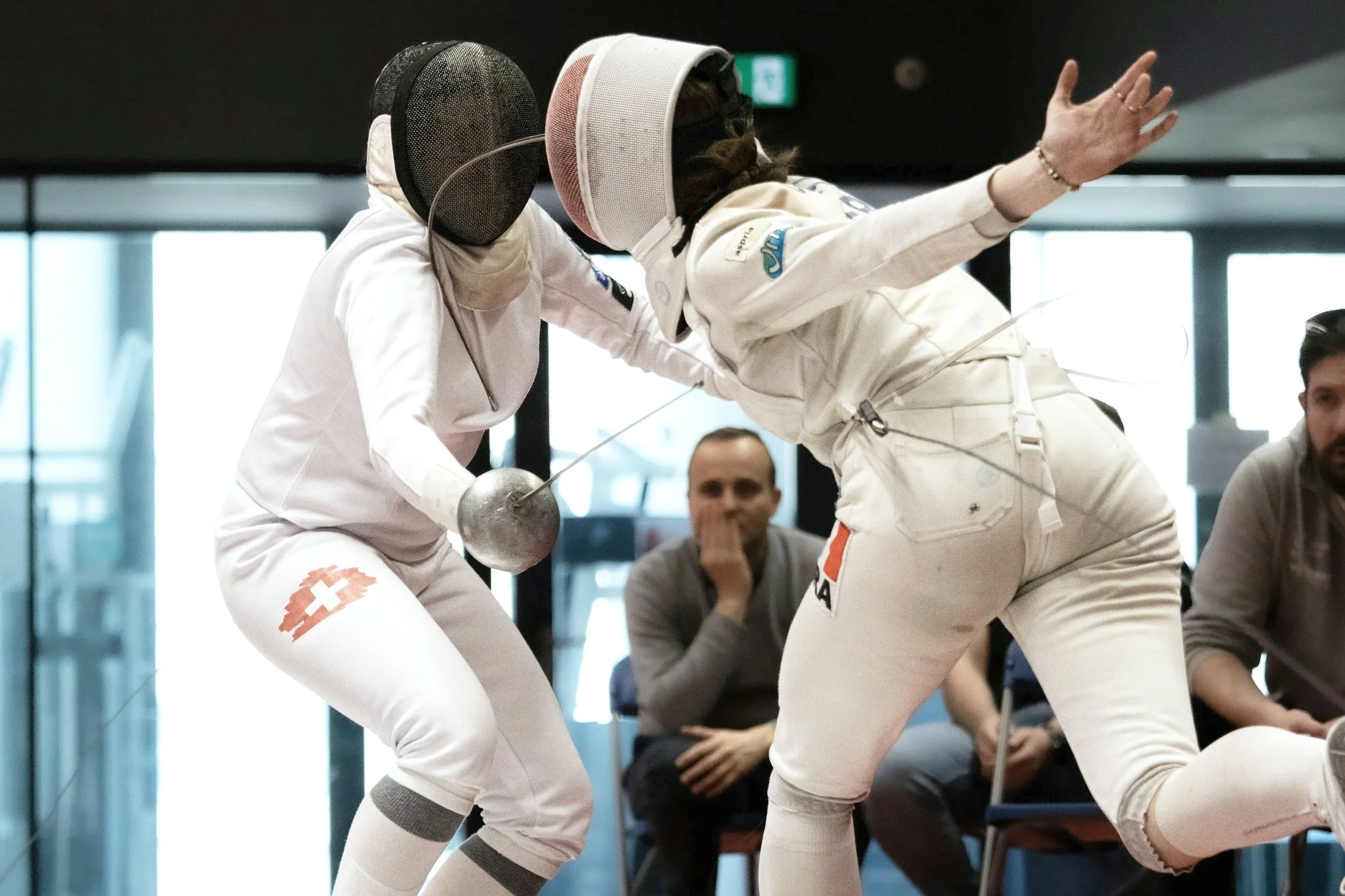The 30-Second Reset: How to Recover After a Mistake in Competition
What the 30-Second Reset actually is
A 30-Second Reset is a compact regroup between exchanges that does three things fast:
lowers the emotional spike after an error,
restores an athletic, ready body position, and
narrows attention to a single, controllable intention for the next action.
Think of it as tapping a mental clutch—you disengage from the mistake, stabilize, and re-engage on your terms.
Why thirty seconds?
It’s long enough to interrupt the “revenge touch” impulse and normalize arousal, but short enough to preserve bout rhythm and referee expectations. In practice, you’ll often use a shorter version—what matters is the sequence (calm → compose → commit), not the exact duration.
The three pillars (principles, not steps)
State control: brief regulation of breathing and self-talk to prevent spiraling.
Readiness posture: re-adopt a balanced, efficient stance so your body signals control (and your opponent sees it).
Single-point intention: choose one thing for the next exchange—distance, timing, or blade—so you act with clarity instead of clutter.
These pillars are the backbone; the exact counts, cues, and progressions live inside our certification.
How it wins you touches (real fencing scenarios)
1) The overreach correction (pools)
You get hit after attacking from too far. Without a reset, you chase, attack long again, and go down 1–3.
With a 30-Second Reset: you steady, rebuild presence, and commit to distance as your single intention. Next action, you test, draw, and finish in range. Spiral avoided, bout stabilized.
2) Closing out a DE without panic
Up 11–8, adrenaline whispers “finish it now.” Two rushed attacks later, it’s 11–10.
With a 30-Second Reset: you cool tempo, re-assume your best posture, and pick second intention as your focus. You let the opponent show first, then score on their reaction. The match closes routine, not roulette.
3) Sudden-death clarity
Priority against you, nerves loud.
With a 30-Second Reset: you regain composure and choose one clean plan (e.g., provoke → feel the blade → finish on disengage). Win or lose, you execute on purpose—not a coin-flip flail.
1) The overreach correction (pools)
You get hit after attacking from too far. Without a reset, you chase, attack long again, and go down 1–3.
With a 30-Second Reset: you steady, rebuild presence, and commit to distance as your single intention. Next action, you test, draw, and finish in range. Spiral avoided, bout stabilized.
2) Closing out a DE without panic
Up 11–8, adrenaline whispers “finish it now.” Two rushed attacks later, it’s 11–10.
With a 30-Second Reset: you cool tempo, re-assume your best posture, and pick second intention as your focus. You let the opponent show first, then score on their reaction. The match closes routine, not roulette.
3) Sudden-death clarity
Priority against you, nerves loud.
With a 30-Second Reset: you regain composure and choose one clean plan (e.g., provoke → feel the blade → finish on disengage). Win or lose, you execute on purpose—not a coin-flip flail.
What to watch for (proof it’s working)
Touch differential after your errors improves (fewer two-touch swings against you).
First exchange after breaks looks composed instead of frantic.
Body language reads the same whether you’re up or down.
Card/penalty rate drops (fewer false starts and frustration gestures).
Common pitfalls
Turning the reset into a think-tank. It’s a click, not a clinic.
Multiple intentions at once. One cue per exchange keeps attention clean.
Only resetting after mistakes. Use it when winning to protect momentum.
Letting the opponent set tempo. Resets help you choose when to re-enter.
How to integrate (without the full protocol)
Warm-ups: include brief moments where athletes pause, compose, and re-enter—baked into footwork and blade drills.
Between-touch habits: treat breaks as mini-resets instead of dead time.
Film review: tag “reset moments” so athletes learn to spot when one is needed.
For coaches
Adopt a shared cue (“Reset,” “Calm,” “One thing”). When you call it, athletes know the sequence: stabilize state, show ready posture, pick a single intention. Build it into scored drills so composure becomes a performance condition, not a suggestion.
Ready for the full system?
The 30-Second Reset is one tool inside our complete competitive framework in CMRF — Certified Mental Resilience for Fencers. Inside CMRF, you’ll get:
The detailed protocol for pre-bout, mid-bout, and post-bout routines
Exact counts, cues, and progressions for the Reset
Printable checklists, journaling prompts, and performance trackers
Drills that turn composure into an automatic skill under pressure
Sharpen your mental edge and perform with consistency.
👉 Learn more and enroll in CMRF Course.

